Below you can find PDFs and video recordings of the slides we cover in the intro to low-tech process-based restoration virtual workshop. Each is licensed with a Creative Commons licence, so you are free to re-use subject to the terms of the license.
Module 3: Planning Low-Tech PBR
Module 3 Video Playlist
Watch entire Module 3 YouTube Playlist, or scroll below for individual topics, resources and videos.
Slides & Videos by Topic
These talks are elaborated in Chapter 3 of the design manual.
A. Logistics, Learning Objectives & Introductions
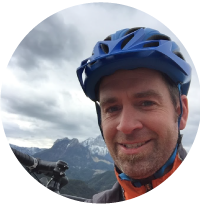 Joe Wheaton introduces Module 3 of the Low-Tech Process Based Restoration Workshop; Planning for Low-tech Restoration.
Joe Wheaton introduces Module 3 of the Low-Tech Process Based Restoration Workshop; Planning for Low-tech Restoration.
Video
B. Overview of Planning & NRCS Conservation Planning Process
 Jeremy Maestas outlines the Conservation Planning Process for Low-Tech Process-Based Restoration.
Jeremy Maestas outlines the Conservation Planning Process for Low-Tech Process-Based Restoration.
Background : This talk is based on Chapter 3 of the design manual.
Video
C. Valley Bottom Mapping & Virtual Field Trip
 Joe Wheaton goes over how to read a riverscape and introduces the virtual field trip resources.
Joe Wheaton goes over how to read a riverscape and introduces the virtual field trip resources.
Background : This talk is based on Chapter 3 of the design manual.
Video
VBET – Valley Bottom Extraction Tool
The valley bottom is the entry point to understanding a riverscape. Fortunately, we have a tool, which approximates the mapping of this with freely available national data. Currently, VBET is buried in RCAT, but that is changing within the year. A high level overview is provided in this 6 minute video:
Exercises
If you are participating virtually, you are missing out on one of the best parts, a real field trip! While it is not as good as going out together, we have prepared a virtual field trip to Spawn Creek for reading riverscapes for you! Follow along on an 80 minute guided field trip.
Panel Discussion
D. Recognizing Structural Forcing in Riverscapes
 Joe Wheaton walks us through how to read a riverscape, specifically wood accumulation and beaver dam activity.
Joe Wheaton walks us through how to read a riverscape, specifically wood accumulation and beaver dam activity.
Background : This talk is based on Chapter 3 of the design manual.
Video
If you are participating virtually, you are missing out on one of the best parts, a real field trip! While it is not as good as going out together, we have prepared a virtual field trip to Spawn Creek for reading riverscapes (focused specifically on structural forcing) for you! Follow along on an 80 minute guided field trip.
Panel Discussion
E. Risk Assessment, Condition Assessment, & Recovery Potential
 Joe Wheaton covers Resource Analysis for Low-Tech Restoration; assessing risk, condition and recovery potential.
Joe Wheaton covers Resource Analysis for Low-Tech Restoration; assessing risk, condition and recovery potential.
Background : This talk is based on Chapter 3 of the design manual.
Video
2- Part video playlistSlides
RCAT – Riparian Condition Assessment Tool
An example of one way we can look at riverscape condition and geoindicators of geomorphic condition is looking at riparian conditions. The Riparian Condition Assessment Tool - RCAT is one of the network tools available to assess different components of riparian condition as explained in this < 10 minute video:
BRAT – Beaver Restoration Assessment Tool
In many riverscapes, beaver dams can have a profound impact on riverscape condition, and subsequently fish capacity and survival. The Beaver Restoration Assessment Tool - BRAT is one of the network tools available to assess the capacity of the network to support dam building activity by beaver.
Exercise
Panel Discussion
F. Connecting & Clarifying Objectives & Tying to Goals
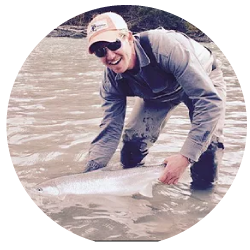 Nick Weber talks through the importance of clear project objectives for low-tech restoration.
Nick Weber talks through the importance of clear project objectives for low-tech restoration.
Background : This talk is based on Chapter 3 of the design manual.
Video
G. Module 3 Synthesis
 Joe Wheaton synthesizes the talks from Module 3 of the Low-Tech Process-Based Restoration Workshop; Planning for Low-Tech Restoration.
Joe Wheaton synthesizes the talks from Module 3 of the Low-Tech Process-Based Restoration Workshop; Planning for Low-Tech Restoration.

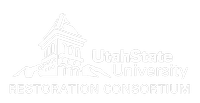
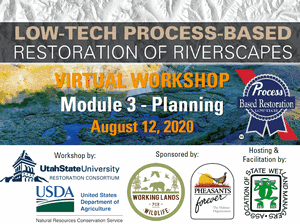
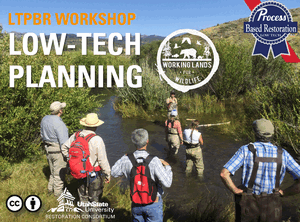
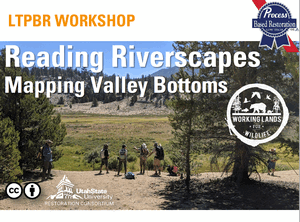

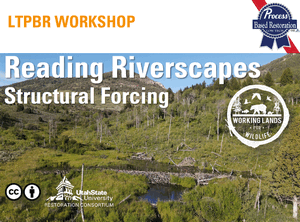
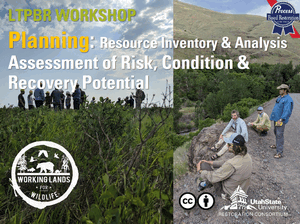
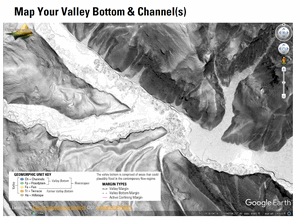
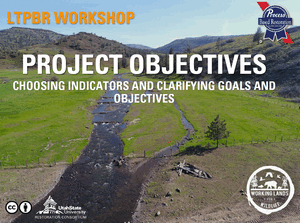
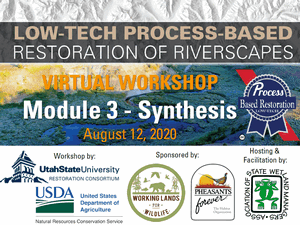
 Back to Virtual Workshop
Back to Virtual Workshop  Take this Module for University Credit or Professional CEU
Take this Module for University Credit or Professional CEU